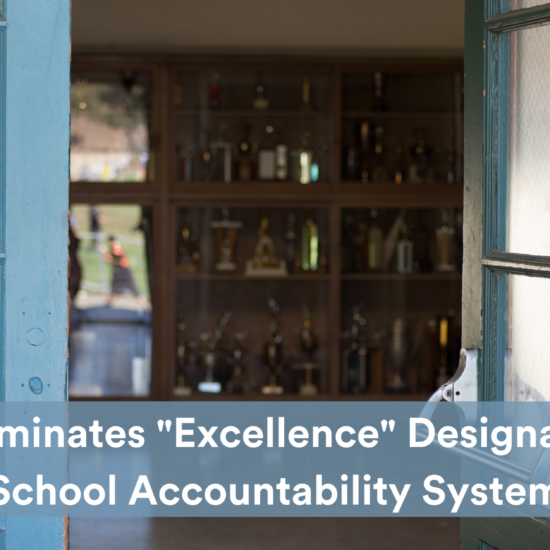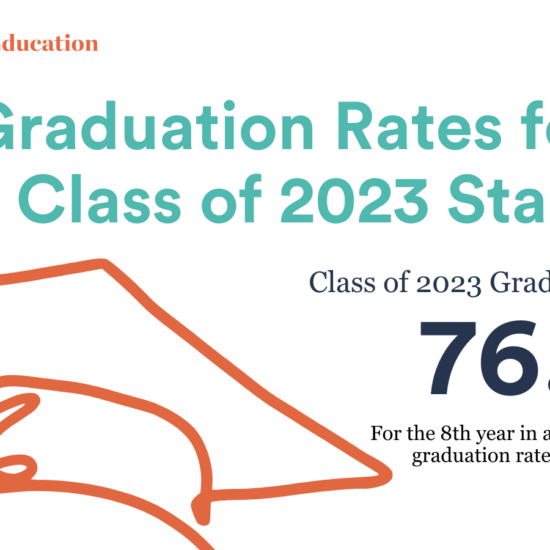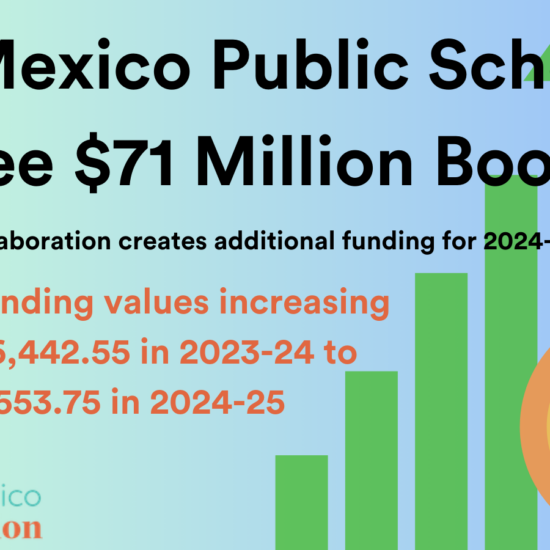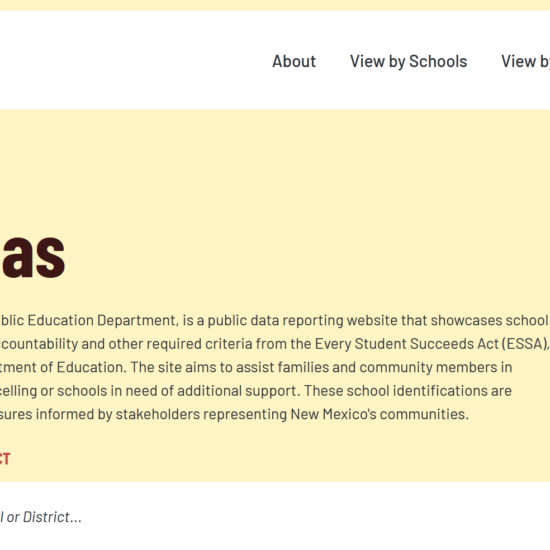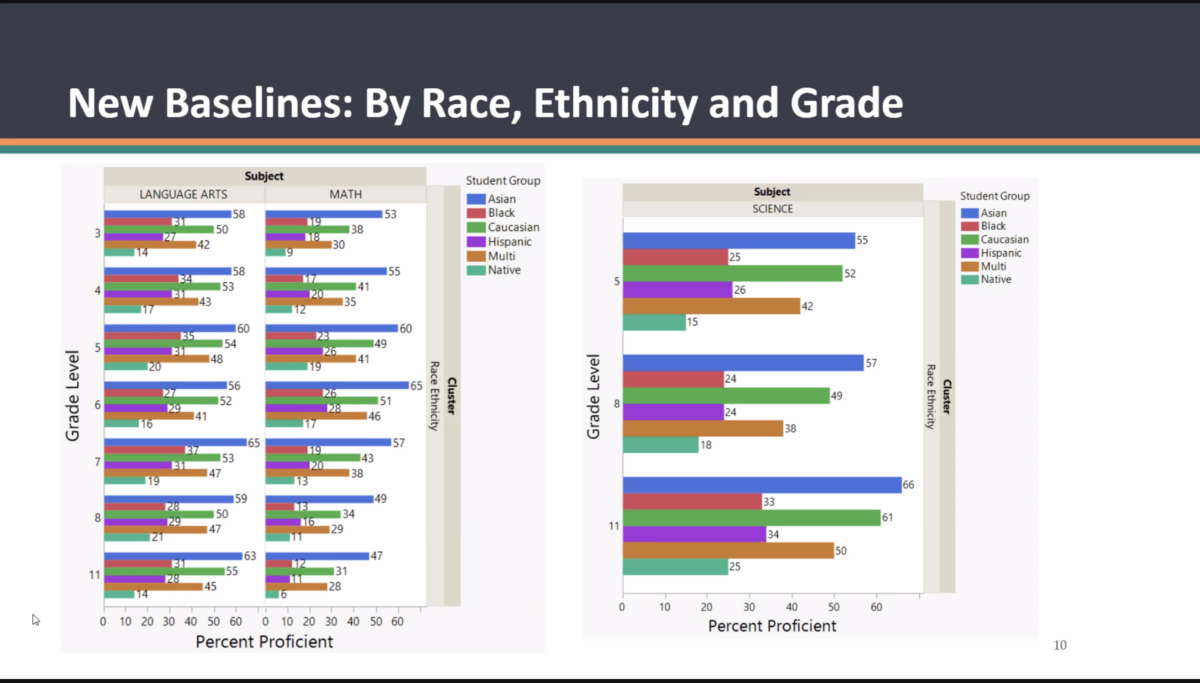
New Mexico public school students continue to struggle with learning, state test results released Thursday show, but whether that is attributable to the Covid-19 pandemic is difficult to assess because new tests launched this year aren’t comparable to pre-Covid state exams.
Only about one-third of the state’s students scored proficient in language arts, and a quarter in math on tests administered last spring.
Statewide data released by the Public Education Department show that the state’s most vulnerable students – kids of color and those from low-income families – are facing learning challenges above and beyond what the troubling overall state results suggest.
New Mexico’s test results release came on the same day that the federal government released National Assessment of Educational Progress (NAEP) test results of nine-year-olds, showing unprecedented drops in literacy and math scores across the country.
State Education Secretary Kurt Steinhaus said during a press briefing that the state and national results share a finding that points to an enormous challenge.
“It’s really important to point out that in the NAEP assessment released today, and also in New Mexico, the students who are most in need of help are the ones that were more highly affected by Covid and being away (from school),” Steinhaus said, adding that the state has developed a suite of strategies to attack the problem.
New Mexico’s new Measures of Student Success and Achievement (MSSA), administered to students in grades 3-8, show that low-income students – those eligible for federally subsidized school meals – 74 percent of the state’s students – struggle mightily. Just 24 percent of low-income third-grade students are proficient in language arts, and 16 percent in math.
Hispanic students, who comprise 63 percent of New Mexico students, also continue to lag behind the already low state averages. Just 27 percent of third-grade Hispanic students are proficient in language arts, and 18 percent in math.
And Native Americans, the third largest student sub-group, are the most poorly served of any group. Just 14 percent of Native American third-graders were proficient in language arts, and 12 percent in math.
“Through my performance lens these results don’t pass muster and we don’t pretend that they do,” said Matthew Goodlaw, PED’s director of research, evaluation, and accountability. “We hold ourselves accountable to the students and their families. And we’ll work with our local school systems to identify and target schools, specific supports throughout the state, transparently reporting results so that all stakeholders can partner with their neighborhood or public charter schools.”
PED officials stressed early in their presentation that it isn’t possible to compare MSSA results to the previous set of state tests, which were developed by a national consortium known as PARCC (Partnership for Assessment of Readiness for College and Careers).
The new tests are linked to a state assessment system that does more than administer a test late in the year, which doesn’t help teachers tailor instruction to student needs, said Lynn Vásquez, PED’s division director of assessment and learning management systems.
This system “provides classroom and district level assessment resources that can be leveraged as learning occurs within the instructional year,” Vásquez said.
Governor Michelle Lujan Grisham, at the beginning of her term, ordered the state to leave PARCC and develop its own tests. Through a long process, state educators developed the MSSA, which was administered for the first time last spring.
End-of-year state exams are required by the U.S. Department of Education, but each state is responsible for developing its own testing regimen. The federal government requires that states test 95 percent or more of its students.
PED officials said Thursday that New Mexico fell slightly short of that number, but they said they didn’t yet have a precise figure. Well chronicled high absenteeism among middle and high school students across the state contributed to missing the goal, they said.
Other notable statewide data points include:
- 31 percent of New Mexico students were proficient in early literacy (kindergarten through second grade as measured by the iStation assessment)
- 34 percent of students were proficient in language arts (tested in grades 3-8 and 11)
- 25 percent were proficient in math (same tested grades as language arts)
- 33 percent were proficient in science (tested in grades 5,8, and 11)
- Fifth-graders had the highest proficiency of any grade in language arts (36 percent), and third-graders had the lowest (32 percent)
- Just 16 percent of 11th-graders were proficient in math
- Female students had higher proficiency rates than males in language arts at every grade level. But males out-performed females at every grade in math.
- English learners and students with disabilities were among the lowest performers in every subject and grade level.
View a slide deck prepared for the media by PED here.


